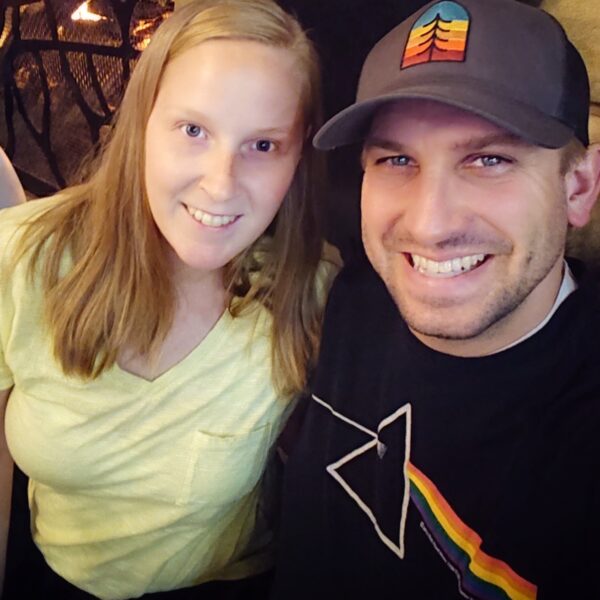Are you confused about the Health Care Directive? Is it the same as a Power of Attorney for Health Care? And what about a Living Will, DNR, or POLST?
These concepts can be confusing when it comes to estate planning and advanced medical directives. Understanding how your health care planning documents work together is crucial for you to understand and it’s important for your agents (likely your spouse or children) to understand as well because it is the agent who works to implement your vision.
First, the relevant primary documents:
- Health Care Directive (aka “Living Will”)
- Health Care Power of Attorney
The Health Care Directive is a document authorized under RCW 70.122.030. In its basic form, it allows a person to direct that he or she wants life sustaining treatment withheld or withdrawn under certain circumstances. Generally, the circumstances under which a person directs withholding or withdrawal is when diagnosed to be in a terminal condition or in a permanent unconscious condition and where the application of “life-sustaining treatment would serve only to prolong the process of dying….” RCW 70.122.030. A Health Care Directive is used synonymously with a “Living Will.”
The Health Care Directive is a relatively simple document. The statutory example contained in RCW 70.122.030 is about one page in length. Despite its simplicity, it is a powerful document in a person’s estate plan.
Some hospitals or other health care facilities also offer a Living Will or Health Care Directive form that might be similar to the Washington statutory form or, in some cases, a longer form with more options for end-of-life care.
In Washington state, a Health Care Directive often works in tandem with a Health Care Power of Attorney authorized under RCW 11.125. Together, provide instruction from the Principal concerning care for the Principal. As a reminder, a Health Care Power of Attorney is a document that allows you (the Principal) to appoint someone (an Agent) to make decisions for your care when you are unable to do so because of incapacity. The Health Care Directive takes priority on the end-of-life decision to withhold medical treatment, but the agent is still empowered to make other decisions concerning the Principal’s care, treatment, living environment, and more.
In the absence of a Health Care Directive, the agent (again usually spouse or children) of the Principal appointed under the Health Care Power of Attorney is charged with determining when to withhold treatment (colloquially: “pull the plug”). That single decision to “pull the plug” is an emotionally charged decision even with a Health Care Directive. Without one, it can be both unnecessarily delayed and incredibly emotionally painful for the agent – not to mention potentially costly.
By having a Health Care Directive, you alleviate the agent’s confusion, hesitation, and guilt, as you clearly communicate in the directive, “If I reach this condition, please allow me to pass away naturally.”
For most people establishing an estate plan, the Health Care Directive and the Health Care Power of Attorney are sufficient for personal health care planning.
When a person has serious or life-limiting disease, he or she can work with the attending physician to incorporate more precise end-of-life decisions into a physician’s order through the Portable Order for Life Sustaining Treatment (“POLST”). Sometime a POLST is used synonymously with a DNR (Do Not Resuscitate). The POLST is signed by the patient and the doctor and provides responding medical personnel with clearly delineated medical instructions on life-sustaining treatment.
So, what do you need? Everyone above the age of 18 should first have a Power of Attorney that includes the power for the agent to make health care decisions. In the absence of a valid Power of Attorney, a costly and time-consuming guardianship might be needed to determine a person’s care. Accordingly, the Power of Attorney is the priority. Second, the Health Care Directive (or Living Will) should be part of the end-of-life plan. As a person enters his or her twilight years and succumbs to illness or disease, she should work directly with her physician to layer in additional instruction in the form of the POLST. Talk to your estate planning professional or health care provider for more information.
***********
471980-2
The opinions voiced in this material are for general information only and not intended to provide specific advice or recommendations for any individual or entity. This information is not intended to be a substitute for specific individualized tax or legal advice. We suggest that you discuss your specific situation with a qualified tax or legal advisor.












